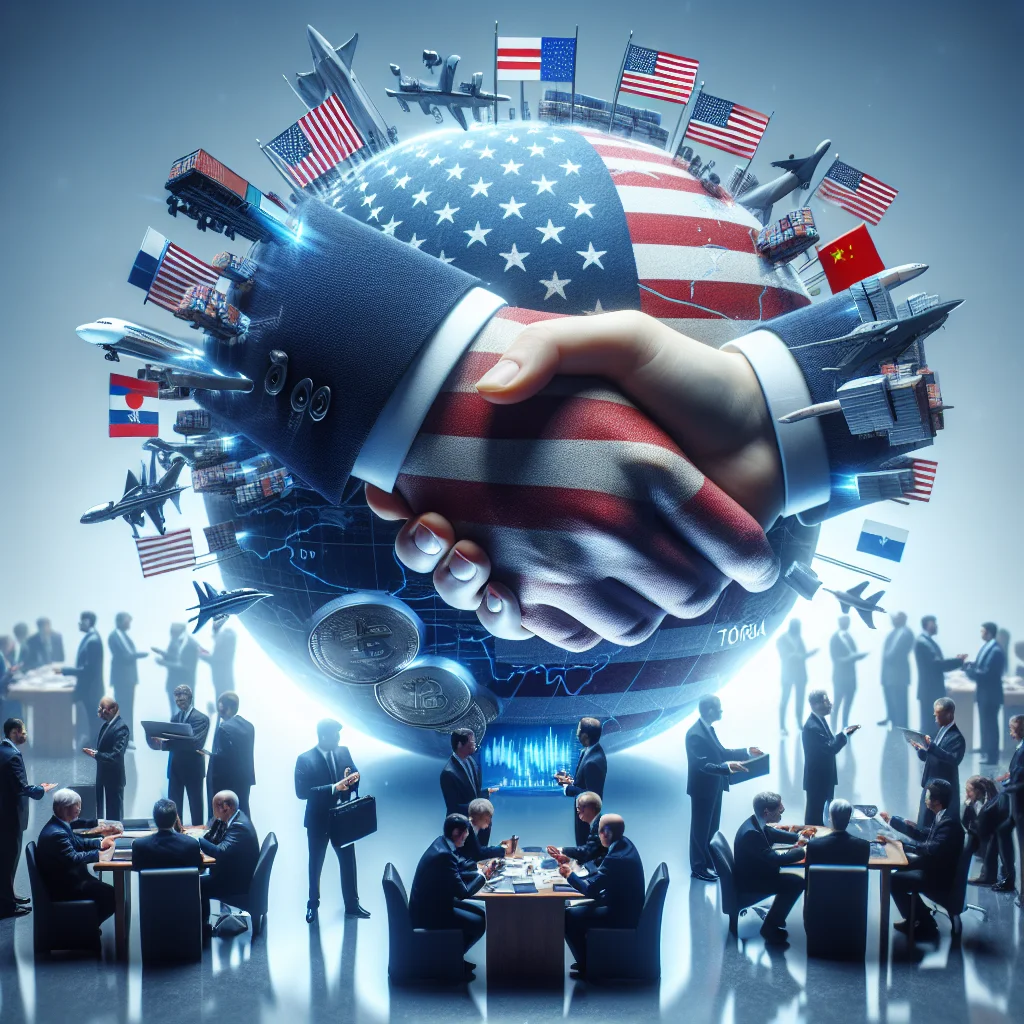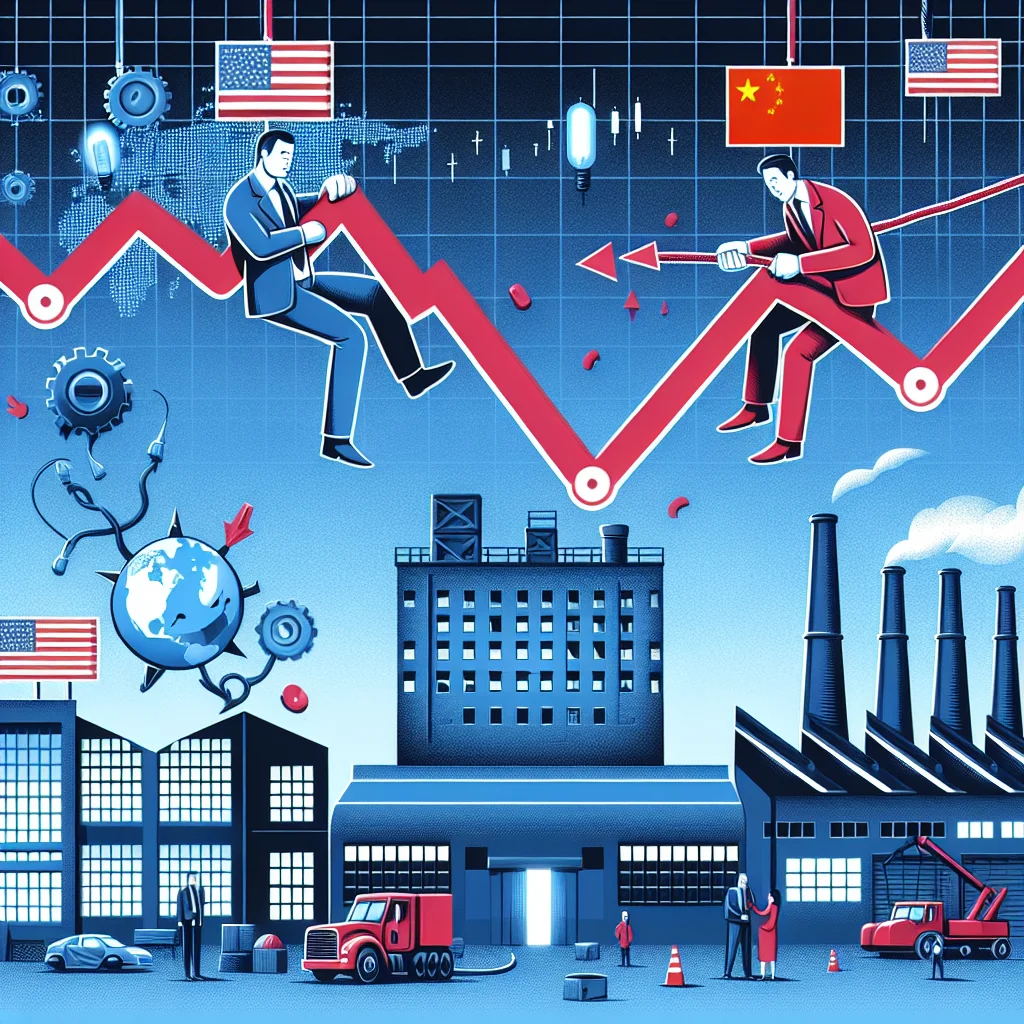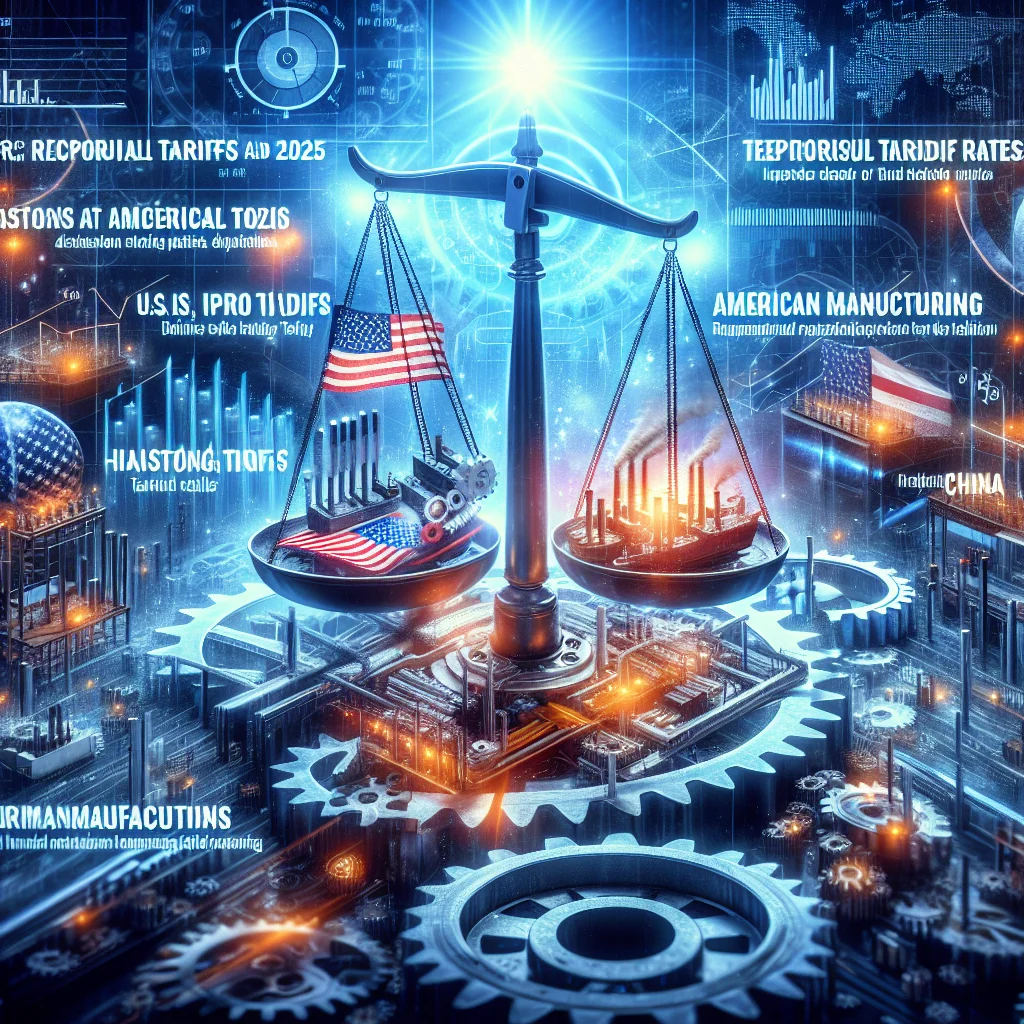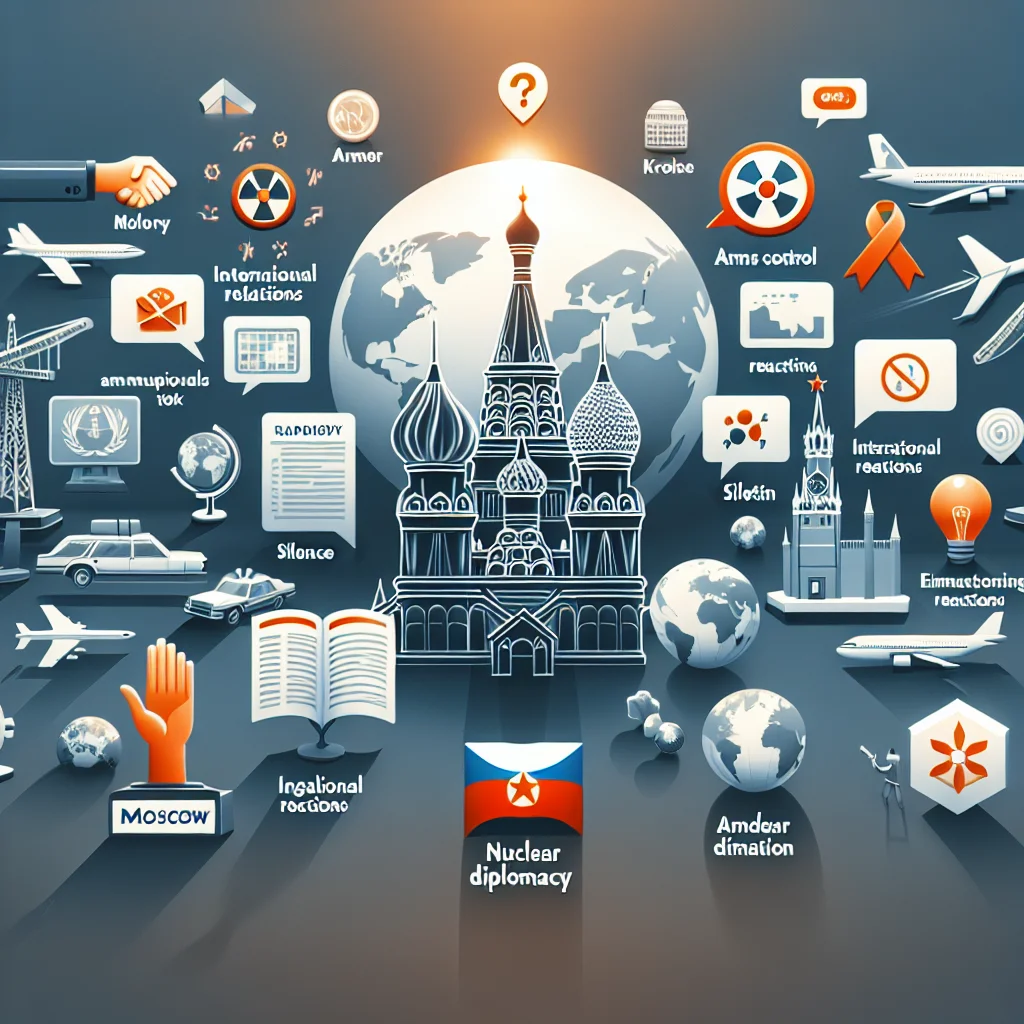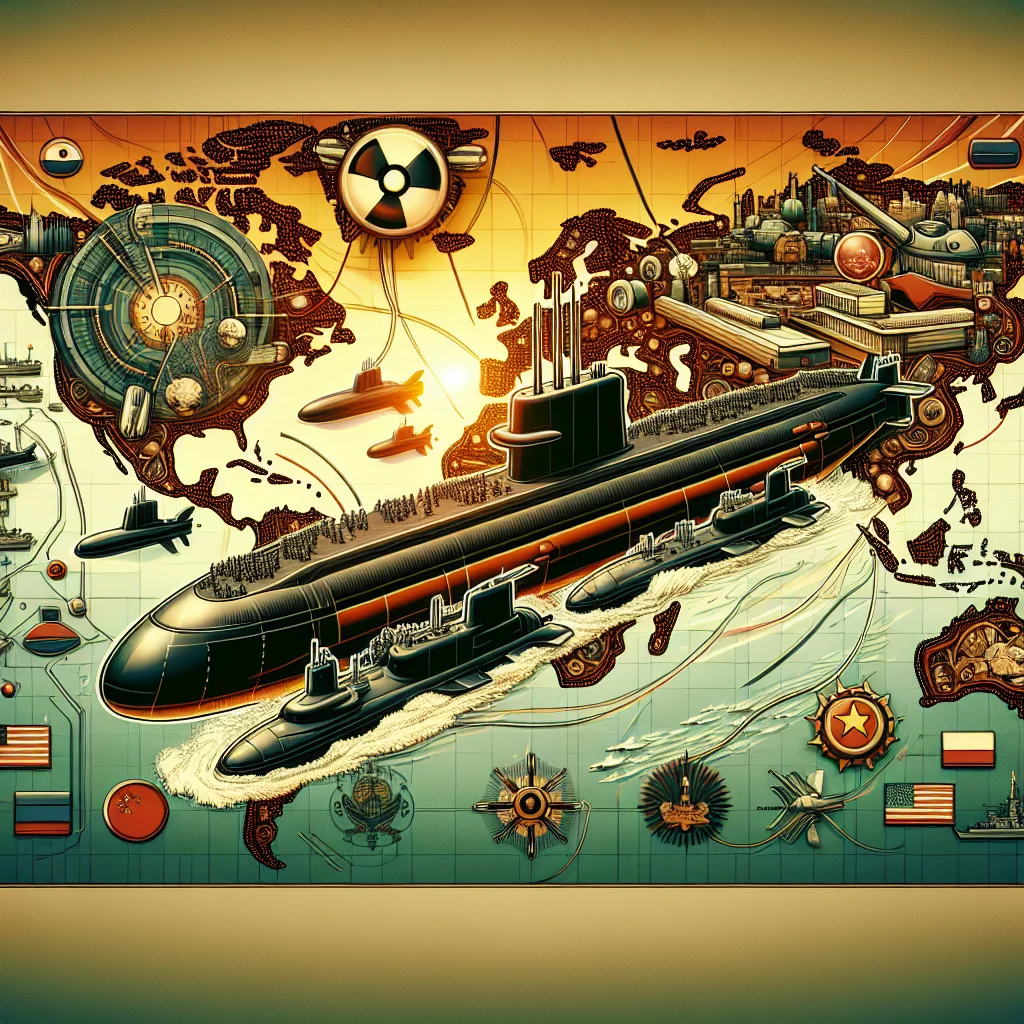
As the clock ticks toward the August 1 deadline for President Donald Trump’s sweeping new tariffs, countries and industries around the world are bracing for economic impacts while last-minute negotiations intensify in Washington and beyond.
Overview: Trump’s 2025 Tariff Strategy
President Trump, in his second term, announced earlier this month a new package of tariffs targeting a broad range of imports, citing national security, trade imbalances, and the need to protect American jobs. The tariffs, set to take effect on August 1, 2025, cover $300 billion in goods, with particular focus on China, Mexico, the European Union, and select sectors such as automotive and technology.
Countries with Agreements in Place
- Canada: After intensive negotiations, the U.S. and Canada reached an agreement late last week. The deal exempts Canadian steel, aluminum, and agricultural products from the new tariffs, preserving the core of the USMCA framework.
- United Kingdom: The UK secured a partial deal that excludes its automotive sector from the steepest tariffs, though British electronics and textiles will still face new duties.
- Japan: Japan concluded a technology trade agreement with the U.S., shielding its semiconductor and electronics exports from the new tariffs, though auto parts remain subject to heightened duties.
Talks Still Ongoing
- European Union: The EU and U.S. negotiators have yet to reach a breakthrough. Major sticking points include tariffs on luxury automobiles and agricultural products. Brussels has threatened retaliatory tariffs if no deal is struck by the deadline.
- Mexico: While Mexico is in advanced talks, no final agreement has been announced. Key issues involve tariffs on auto manufacturing and produce exports. Business leaders on both sides of the border are urging a swift resolution to avoid supply chain disruptions.
- South Korea: Discussions continue regarding exemptions for electronics and heavy machinery, but an agreement has not been finalized.
No Deal in Sight
- China: Despite months of diplomacy, the U.S. and China remain at an impasse. The new tariffs will hit Chinese electronics, solar panels, and machinery particularly hard. Beijing has vowed to respond with tariffs of its own.
- India: India has been unable to secure an exemption, with its textile and pharmaceutical exports facing new duties. The government has called the tariffs "unjustified" and is considering legal action at the World Trade Organization.
Industry Impact and Economic Outlook
American manufacturers and retailers have warned of likely price increases and supply chain complications. The National Association of Manufacturers estimates the tariffs could cost U.S. businesses more than $45 billion annually if fully implemented. Consumer advocacy groups have also raised concerns about inflation and product shortages, especially in electronics and automobiles.
Wall Street reacted with volatility in recent days, reflecting uncertainty over the final scope of the tariffs and the possibility of further escalation. Economists forecast that U.S. GDP growth could slow by up to 0.4% if major partners retaliate.
What’s Next?
With less than 24 hours before the tariffs go into effect, all eyes are on last-ditch negotiations in Washington, Brussels, and Beijing. Businesses, consumers, and global markets await clarity as the Biden administration monitors developments and prepares for possible mitigation measures.
Stay tuned for continuing updates as the situation evolves.

